Aeschynanthus Pink Polka – Lipstick Plant
$29.99 Original price was: $29.99.$20.99Current price is: $20.99.
- Shop with ease, buy with confidence.
- Free Shipping, Quality Goods
- High quality products, low prices.
- Quality You Can Count On

Strings of vibrant green sweet-heart foliage dipped with pink petals; it is easy to see why the pink polka got its name. Flowers that appear in late summer closely resemble the shape of lipstick in a pallet of pale pink hues. This Pink Polka likes hanging out in the bathroom getting ready to put on its blooms.
Please note: the stems and leaves on this plant are very fragile and despite our best efforts some may be lost during transit.
Aeschynanthus Pink Polka – Lipstick Care & Info Guide
Horty Hints
Be cruel to be Kind! If your trailing plant is quite long and leggy with not many flowers. A quick trim after flowering in autumn means you will get even more next year.
Pruning back longer stems by a third will promote bushier growth and subsequently more blooms. Expect blooms in late summer and early autumn.
Blooming lovely! If you don’t have many flowers, try moving this plant somewhere warm, bright and humid. You will be thanked in the late summer.

Light
Preferably a lot of bright, indirect light, but can take some lower light levels. A lack of light can cause leaf drop, slow growth, and stems to become long and leggy. If this occurs, move to a brighter position.

Watering
Water moderately during the summer months, but do not soak the soil. Allow the surface of the soil to dry-out between waterings. Never allow to sit in soggy soil as this can cause root rot. Water less frequently in the winter.

Temperature
Prefers a warmer position away from cold draughts. Ideal temperatures are 21-27°C but can tolerate as low as 18°C. Temperatures below 10°C will damage the plant and cause chilling, turning the leaves a dark red.

Humidity
Likes a high humidity, with the ideal location being the bathroom or kitchen as these are typically steamier rooms. Regular weekly misting is a good way to increase humidity levels.

Feed
Apply a weak dose of general-purpose feed once a month at most during the growing season (May-August).

Height & Growth Rate
Aeschynanthus Pink Polka is a slow growing plant which can reach heights of up to 45cm to 60cm.

Toxicity
Pink Polka is considered non-toxic. Consuming the plant is not advised.

Air Purifying
This plant filters airborne toxins and is part of our clean air plant collection.

Origin
Aeschynanthus Pink Polka is a native of tropical South East Asia.
| SIZE: Pot Diameter x Total Height | 15 x 40cm |
|---|
Be the first to review “Aeschynanthus Pink Polka – Lipstick Plant” Cancel reply
Related products
HOUSEPLANT STYLES
HOUSEPLANTS
HOUSEPLANT STYLES
HOUSEPLANTS
HOUSEPLANT STYLES
HOUSEPLANTS
HOUSEPLANTS

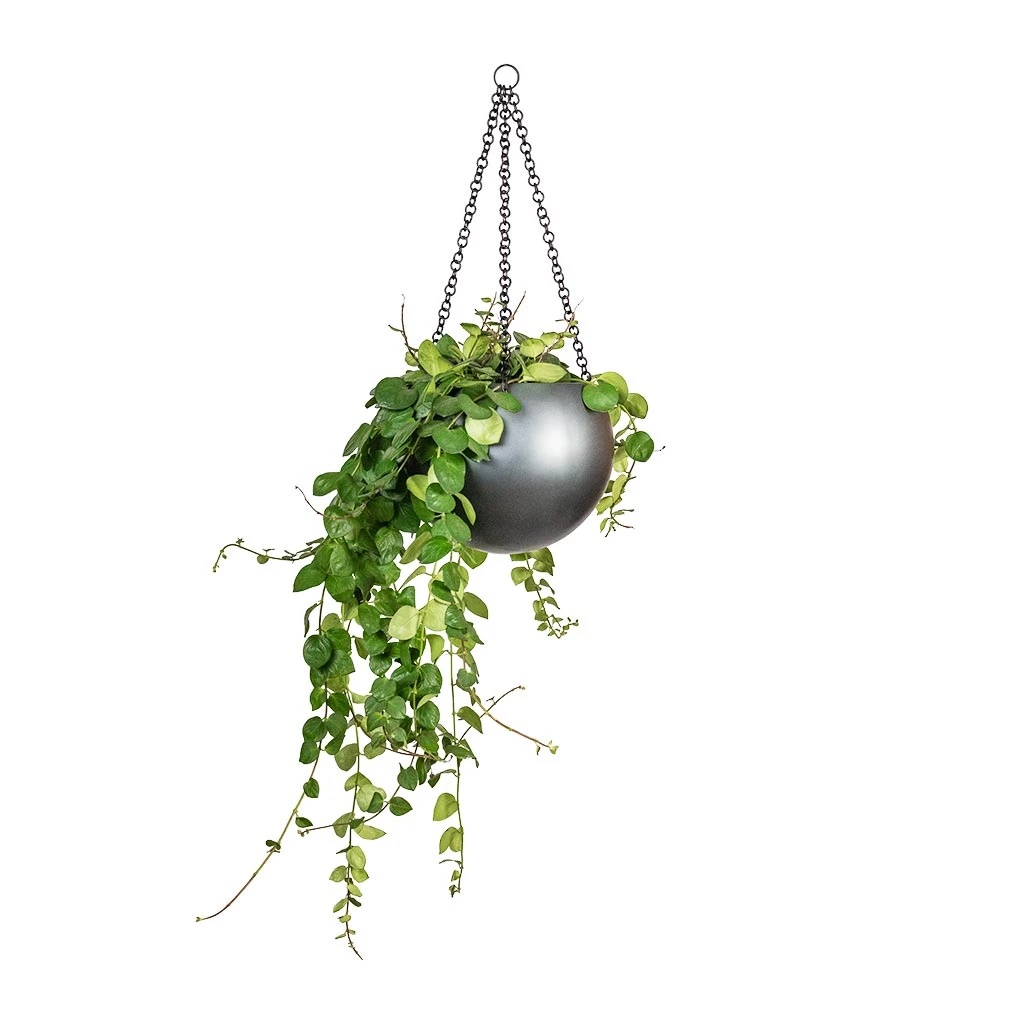
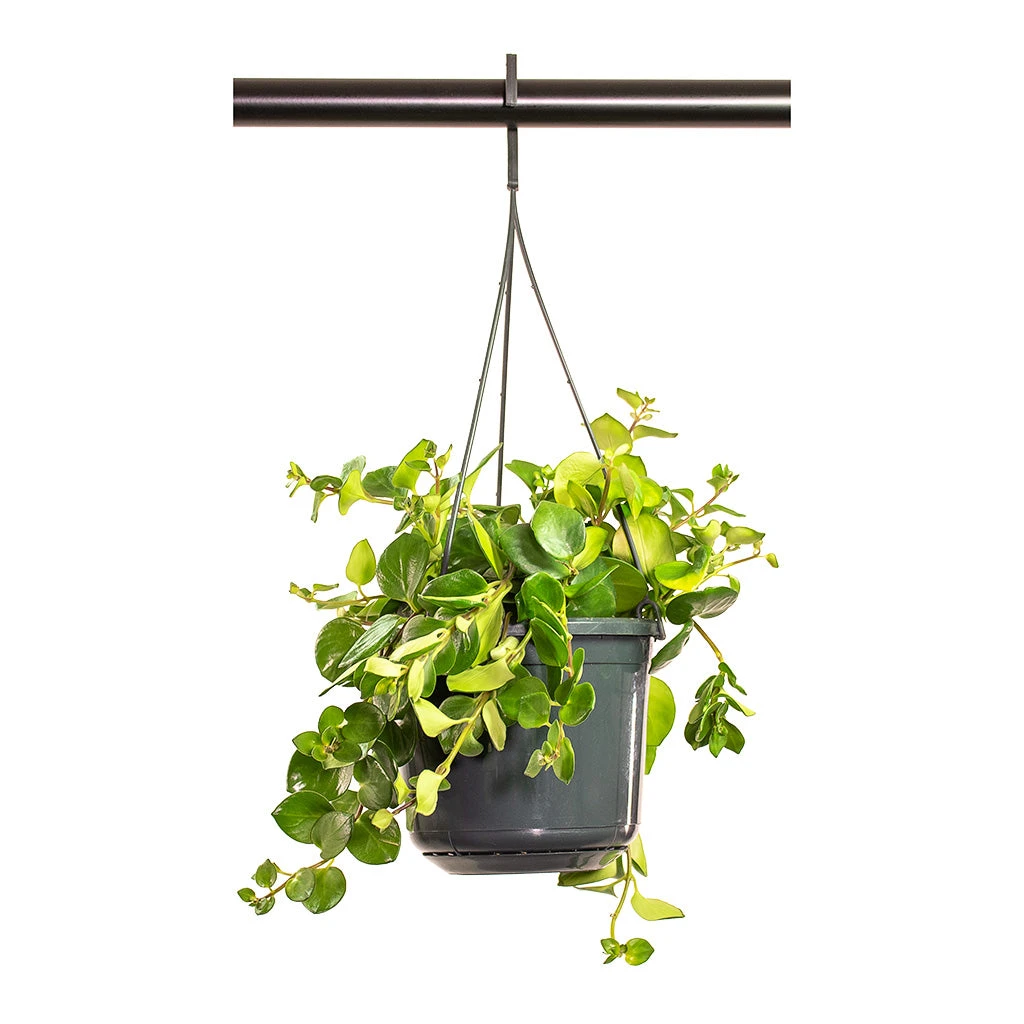


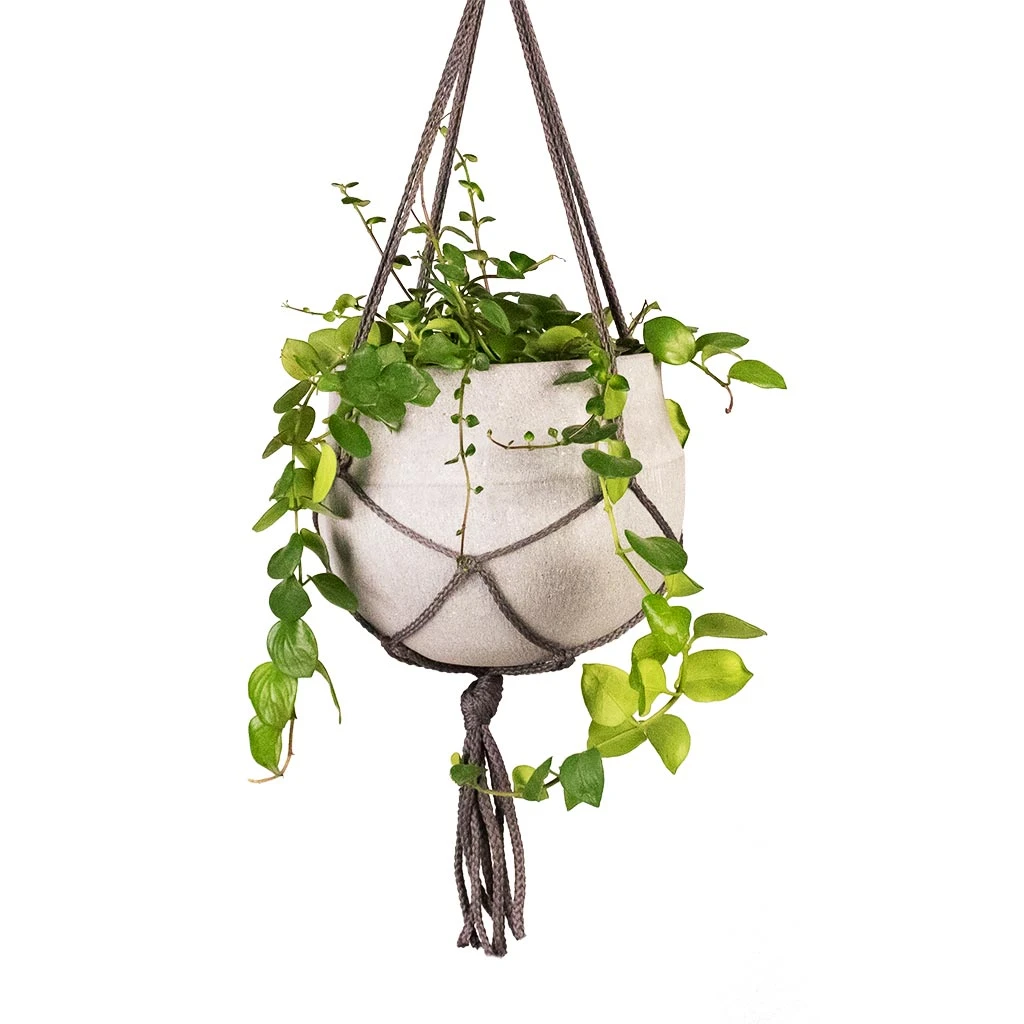

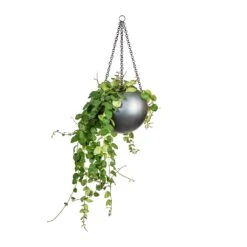


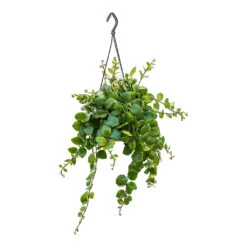
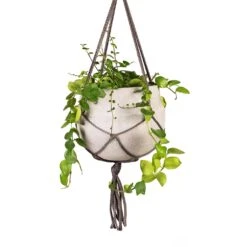


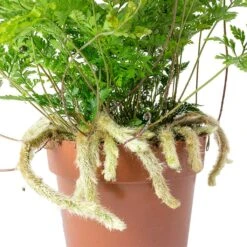
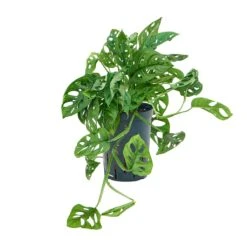





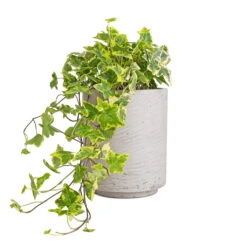
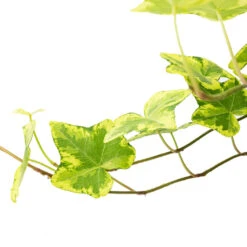
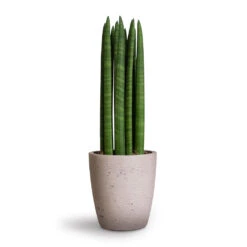


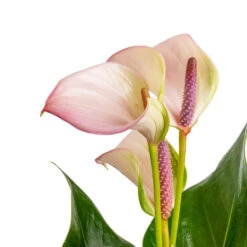
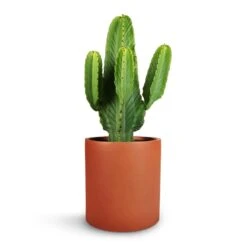
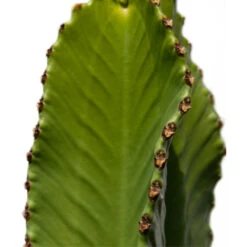
Reviews
There are no reviews yet.